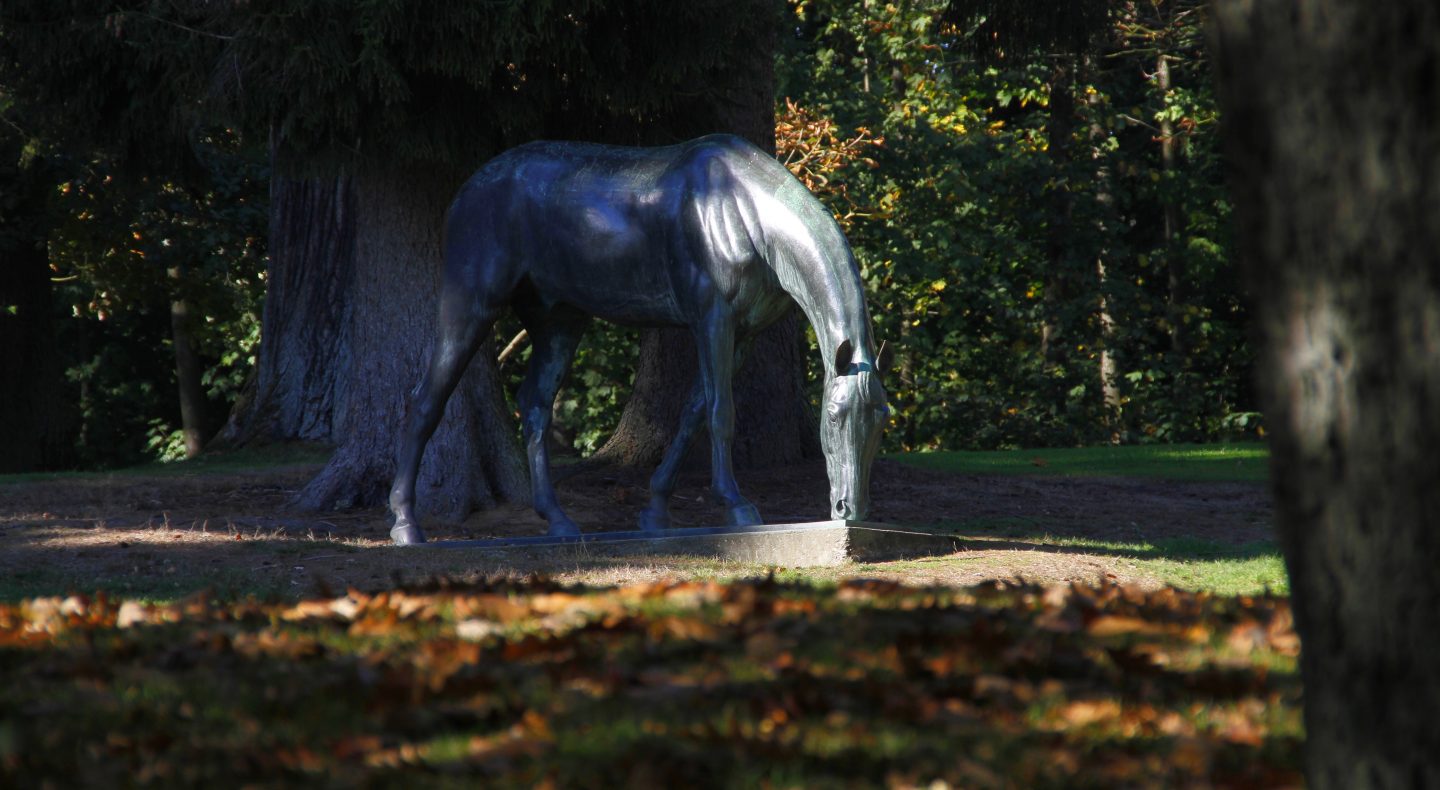The Hügel Park
A "green treasure trove"
Laid out almost 150 years ago, the park at the Villa Hügel has since been transformed and redesigned many times. Depending on the requirements, design trends or preferences of the times, the park has served as a retreat for the Krupp family but also as a setting for major social functions. It was a location for sports and recreation, and its forests and fields yielded game as well as fruits and vegetables for the kitchen.
For approximately the last fifty years, the Hügel Park has had an appearance very much in the style of an English country garden. For the trained eye, however, traces of the past can be found everywhere. Our park tours are expeditions through a wonderful and changing treasure trove filled with surprising discoveries. Naturally, you can also explore and experience the park without a guide. Every year, over 100,000 visitors come to the Hügel Park to take a walk through nature in a very special place.











